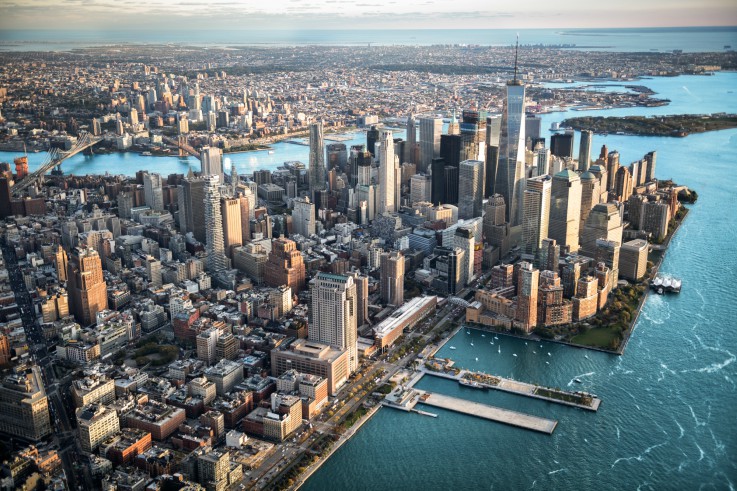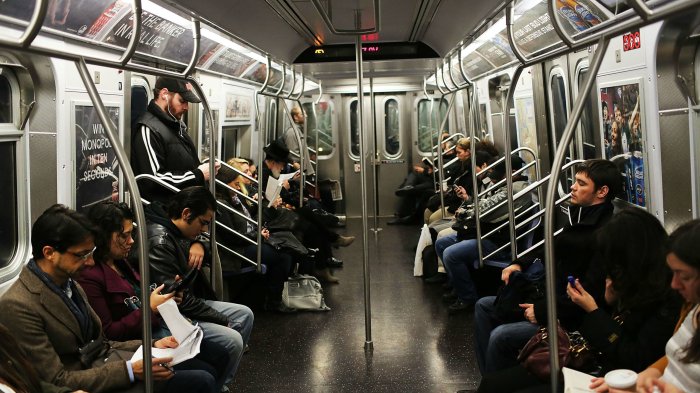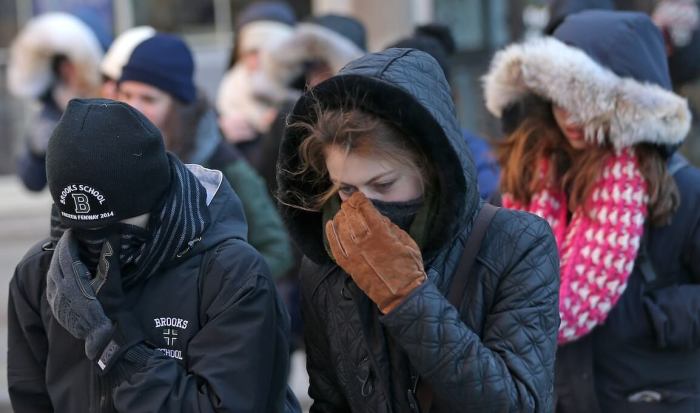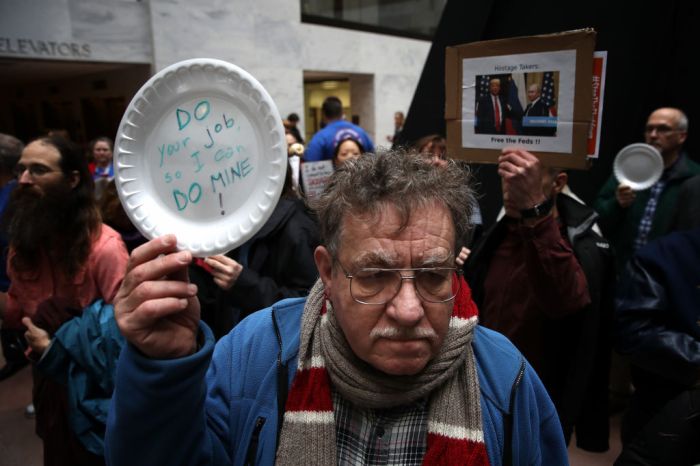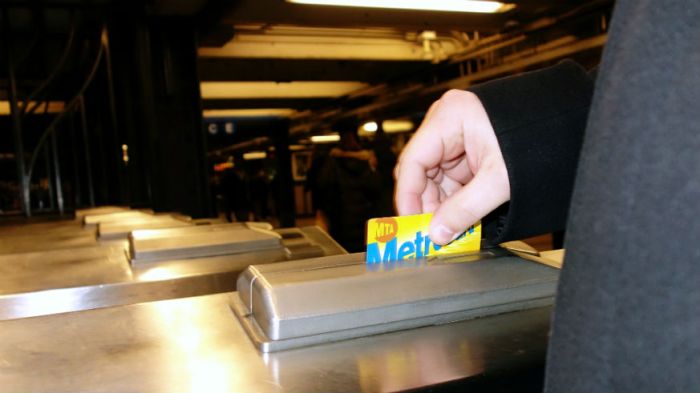When Superstorm Sandy struck New York five years ago, some initially called the disaster a “once-in-a-lifetime storm.” But as more research comes out about rising sea levels and climate change, experts say such intense storms will become more common.
What does that mean for the future of New York City, and what can we do to prepare?
The Regional Plan Association, an urban research and advocacy nonprofit, recently released a report that said that over the next 30 years, nearly 60 percent of the tri-state area’s energy capacity will be in areas at risk of flooding.
In total, the number of people living in flood risk zones in the tri-state area will likely double from 1 million to 2 million over that time, according to the report.
Specifically to New York City, a recent study published in the Proceedings of the National Academy of Sciences journal predicted that, by 2030, flood heights in excess of 7 feet – what was previously considered a once-every-500-year phenomenon – could occur as frequently as every five years, due to rising sea levels combining with larger storm surges.
Superstorm Sandy caused sea levels to rise more than 11 feet, according to CarbonBrief, resulting in 43 deaths and flood damage and other devastation to hundreds of thousands of buildings.
Still, one of the biggest lessons from Sandy, New York City’s Chief Resilience Officer Dan Zarrilli said, has been that building codes work to protect against such storms.
“For folks who lived on the coast, your outcome in many ways was dependent on how old your building was that you lived in,” he said. “Either it was built to certain flood standards or it wasn’t, and the more modern the building meant the more modern the codes.”
Continuing to update building codes is one way the city is preparing for the storms of the future. Another lesson from Sandy was how important it is for neighborhoods and businesses to come together around the issue.
“It’s about how we engage with those communities to support projects,” he said. “We’ve [already] completed a number of projects, like [fortifying] the Rockaway Boardwalk, working with utilities like ConEd on investing in the power grid and investing in the water supply system – ways of making our vital services stronger.”
But making the city resilient doesn’t just mean fixing exactly what Sandy broke.
“The big innovation that came out of Sandy that we recognized early on is that we couldn’t just recover from the storm. We had to make sure to use the moment to build the resilience against other long-term climate risks,” like general sea-level rise and heatwaves, Zarrilli said. “We need to make sure we’re not just fighting the last thing that just happened, but actually looking ahead at what might happen.”
The fact that New York is such a coastal city, and that climate change is a global issue, means we might never be completely “climate proof,” Zarrilli said, but we can be “climate ready.”
“We are ahead of the pack [compared to other cities] in terms of preparing for climate change, and we are a safer city than when Sandy hit,” he said. “We also have a lot more to do before we’ll ever be satisfied. It’s something we’ll be at probably for the rest of our lives, adapting our city to the growing effects of climate change.”

